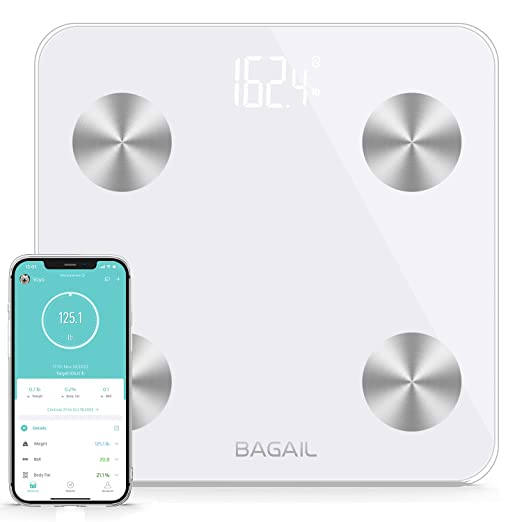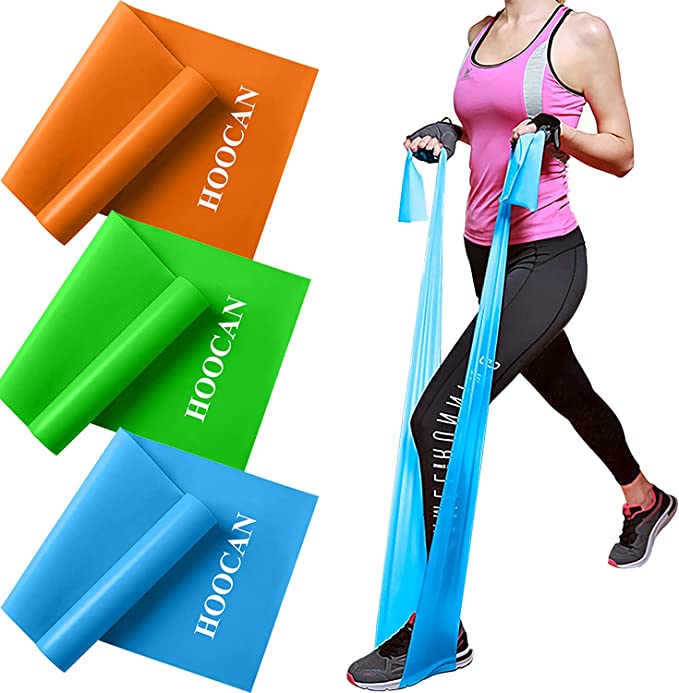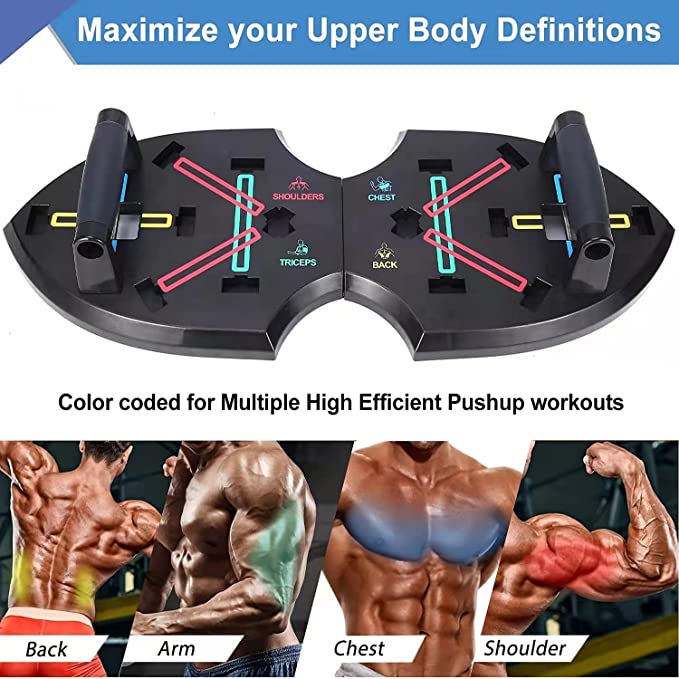So you wish to become involved in aerobics but are unsure in case your knees can take hours of running. How are you going to burn calories and improve your cardio? Thankfully, you have quite a couple of great options for low-impact cardio exercises and aerobics. This text will break down what low-impact aerobics are, some misconceptions, and the way anyone can profit by adding them into their program.
What Are Low-Impact Cardio Workouts
Low-impact cardio workouts are exercises that raise your heart rate and improve cardiovascular health without putting quite a lot of stress in your joints.
They function a substitute for other rigorous cardio styles, akin to running and jump rope. While running is an awesome type of cardio, it has the potential to end in overuse injuries, especially in obese and elderly populations.
They involve continuous, regular movement but avoid high-impact motions like jumping or pounding on hard surfaces. These workouts are perfect for individuals who need a protected, effective option to improve fitness—especially beginners, older adults, people recovering from injuries, or anyone with joint concerns.
Typically, low cardio workouts should possess several characteristics, akin to:¹
- At Least One Foot Stays On The Ground. This ensures that a major amount of force doesn’t come down on a single joint, as with running or jumping.
- Smooth, Controlled Movements. Movements are controlled as quick changes can equally increase the force on a joint.
- Low Joint Stress. As we’ve already mentioned, “low-impact” essentially means these exercises put low stress on the joints.
- It Still Raises Heart Rate and Burns Calories. The exercise still must have the option to extend your heart rate. Many individuals confuse low-impact with easy; this shouldn’t be the case.
Top Advantages Of Low-Impact Cardio
So now, let’s undergo among the real advantages of engaging in low-impact cardio consistently.
Listed below are some of the top reasons it is best to use low-impact exercises in your rotation, even if you happen to don’t need them.
1. Protects Your Joints
Running can place force in your knees equal to 3-8x your body weight every step!² To be clear, we aren’t saying running is bad in your joints. We’re saying it will possibly end in overuse injury in runners with poor levels of strength or those that have already got issues.
Due to this fact, probably the most obvious good thing about low-impact cardio and aerobics is it’s easier in your body.
Low-impact cardio is gentle on knees, hips, and ankles, making it ideal for individuals with arthritis, past injuries, or joint pain. It helps you stay lively and burn calories without risking wear and tear.
2. Improves Heart Health
We’ll mention this quite a few times as its a big misunderstanding – low-impact cardio still raises your heart rate! In consequence, it will possibly help strengthen your heart and lungs, improve circulation, and reduce the chance of heart disease.
Don’t confuse low-impact with low-intensity.
3. Supports Weight Management
As low-impact cardio can still be intense, you’re still going to burn calories. Due to this fact, low-impact cardio will still help burn fat, maintain weight, and keep your metabolism running easily.
This makes it an excellent type of exercise for aiding with weight reduction or maintaining a healthy weight, especially when combined with good nutrition.
4. Can Act As Lively Recovery
Low-impact exercises are great options to make use of to maximise recovery on off days.
On lately, you’ll must keep the intensity down, but this way of coaching puts less shock on the muscles and joints. This means that you can get your heart rate up, pump fresh blood to your muscles, stay loose, and get well.
5. Everyone Needs Low-Impact Cardio Selections
One last point before we go further.
Even if you happen to don’t think you need low-impact exercises, we encourage you to search out some you want. They are going to let you increase the quantity of your training while mitigating the chance of injury.
For instance, if you happen to’re doing cardio to burn calories, you can be held back by the chance of injury if running was your only type of cardio.
As a substitute, you possibly can still run to hit your assigned day by day or weekly miles. After, you possibly can partake in low-impact exercise to proceed training while saving your joints.
Best Sorts of Low-Impact Cardio
Once you examine different types of cardio, you notice that many are actually low-impact to various degrees.
Listed below are our favourite types of low-impact exercise.
1. Cycling
Let’s start with cycling, because it has a ton of advantages;
- A low level of skill or learning is required.
- Every gym has stationary bikes.
- You may join spinning classes
- Easy to change intensity to extend the duration
Remember that a cycle ergometer was the initial tool used for the Tabata protocol, because it allowed athletes to realize ultra-high levels of intensity.³ In other words, these could be intense!
The foremost issue with cycling is knee problems from excessive cycling. Nonetheless, this is mostly brought on by improper set-ups, primarily having the seat too low.
When your seat is simply too low, it causes excessive knee flexion and might put them in an odd position. When the pedal is in the underside position, you wish your midfoot to be on the pedal together with your knee barely bent.
Make sure to get help when organising your bike.
Take a look at our picks for top folding bikes here!
2. Ellipticals
The elliptical is a category low-impact piece of cardio equipment.
It’s designed to mimic the motion of running, but slightly than your foot coming off the bottom, it never leaves the foot platform!
Further, it involves your upper body as well to provide you a full body workout. It’s downside is that they could be bulky. Nonetheless, if you will have the room, check them out here!
3. Stairclimber
The stairclimber is low-impact BUT DEFINITELY NOT low-intensity!
The stairclimber is an awesome cardio exercise that concurrently gives your muscles a legit workout. In actual fact, it’s foremost drawback is it will possibly be too demanding for some people, especially for longer durations.
Regardless, climbing stairs for half-hour will prove that low-impact exercises are not any joke.
4. Swimming
We love swimming. It’s an excellent full-body workout that mainly negates any impact in your joints. You still must be mindful of overuse injuries, totally on your shoulder. Regardless, it’s an excellent alternative.
The foremost drawback is that you simply need a certain level of skill and endurance. Most individuals use the freestyle stroke, which is an excellent stroke. Nonetheless, it does take time to turn into efficient.
Further, it can take some training before you possibly can swim 30+ minutes straight. Nonetheless, we recommend you put in the hassle if you happen to find it interesting.
Remember you may also use other methods besides freestyle. This includes using;
- Kickboards
- Webbed gloves
- Breaststroke
- Combat stroke or side stroke
5. Deep Water Walking
We don’t see this one discussed often. It’s a shame as we predict it’s one in all the hardest forms of coaching on this list yet also has the bottom impact.
All it’s essential do is get in water that’s ideally around waist deep – it doesn’t have to be perfect and is usually a bit deeper or shallower.
Regardless, all you do from there’s walk briskly. It sounds easy, however the water acts as resistance and gets your heart pumping fast. Should you don’t find it hard, just attempt to go faster, and also you’ll feel it.
The foremost issue is that you simply need a big body of water to perform this, so if you happen to don’t live near a beach, you’d need to buy an underwater treadmill, which is crazy expensive.
You may do these within the pool in the event that they’re not too deep.
6. Rucking
Rucking is a fairly recent type of low-impact cardio. It’s derived from the military and involves wearing a weighted pack and going for a hike. That’s it!
Now, this could definitely be tougher than it sounds. Ideally, you possibly can do that outside on trails, meaning you’ll be walking up some hills. Nonetheless, you possibly can also do that on flat ground or even on a treadmill.
7. Walking Hills Or Incline Treadmill
We really like these two options because the impact is on the identical level as walking. Nonetheless, attributable to the incline, you possibly can still increase the intensity high enough to have you ever sucking air.
This provides the perfect of each worlds: low-impact and intense!
If you will have time, go to the gym, set a treadmill to an incline, and walk when you watch your favorite TV show or hearken to a podcast.
Or, buy one for your private home gym, so that you’re never missing out.
Either way, you’ll quickly realize how demanding this exercise could be.
8. Low-Impact Aerobics
Low-impact aerobics was all the fad within the Seventies, Nineteen Eighties, and Nineteen Nineties. Nonetheless, aerobic classes have fallen barely out of favor, but that doesn’t mean they need to! In actual fact, these aerobic classes make among the best decisions for low-impact cardio at home!
Regardless, they still remain great options for certain populations. Now, we’re including all sorts of aerobic classes here, including;
- Aerobic exercise
- Dance exercise (i.e. Zumba)
- Boxercise or other fight-based aerobics
Considered one of the foremost advantages is these participate in a category form, which provides;
- Motivation
- Social community
- Guidance
More importantly, they’ll increase your heart rate and be fun! Some people find continuous exercise boring, so aerobic classes are a way more appealing alternative.
Plus, some classes can enable you to develop skills and offer you motivation. These can include dance-based and fight-based classes.

Optimizing Low-Impact Aerobic And Cardio
Attributable to the false association of low impact with low intensity, some people may not get the advantages they may. The first issue that holds people back from benefiting from using low-impact exercise is solely not training hard enough.
Again, low impact DOES NOT mean low intensity.
This was noted during research into low-impact aerobic dancing. Researchers found that dancing could elicit improvements in cardiovascular health. Further, when done at low-intensity, low-impact aerobics burns about 4 calories a minute. Nonetheless, when performed at high intensity, dancing burned 10-11 calories per minute.⁴
Due to this fact, once you partake in low-impact exercises, make sure to perform them with proper levels of intensity.
Low Impact Cardio And Aerobics: Final Say
It’s time to redefine low-impact cardio! The entire above options are great forms of coaching that may profit any trainee while saving stress in your joints. Nonetheless, they’ll all deliver an intense and difficult workout to enhance your cardio health, burn calories, and improve your overall general fitness.
References






